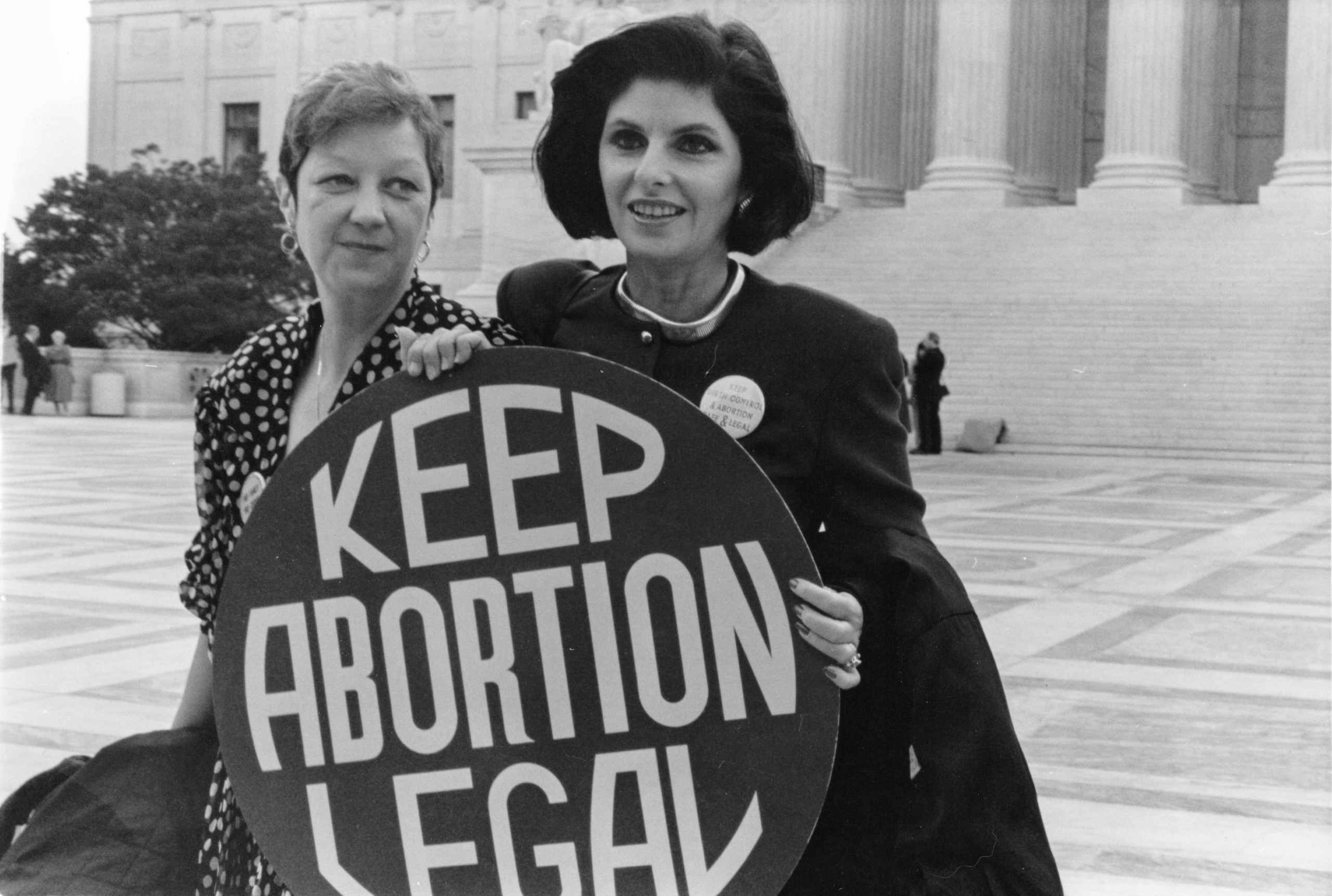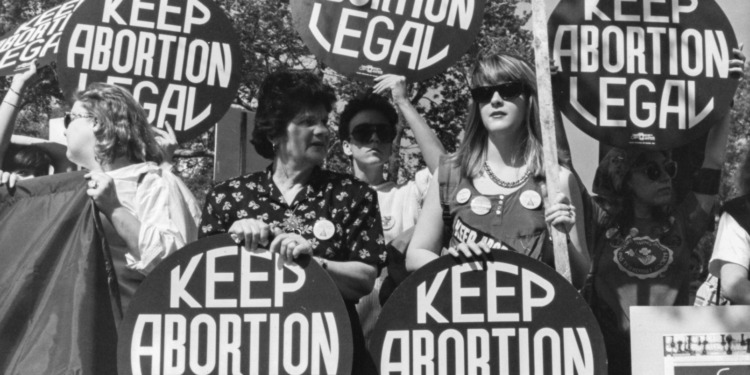The relationship between abortion legislation and crime rates is a complex and often controversial topic, intertwining elements of social science, public policy, and ethics. Far removed from “white collar crimes,” it usually revolves around violence and property crimes.
The current United States Presidential campaigns have both focused on an issue that has taken center stage, namely, abortion rights or lack thereof.
In 2022, the U.S. Supreme Court in Dobbs v. Jackson Women’s Health Organization upheld a Mississippi Law giving the power to limit and even outlaw abortions, overturning a 1973 Supreme Court decision, Roe v. Wade, which legalized abortion nationwide and decriminalized it, protecting a woman’s right and her doctor to choose to do so.

As a result, the Dobbs decision opened the floodgates to create the subsequent patchwork of State legislative actions. To date, 21 States have passed abortion bans in one form or another. (That said, there are referendums on State ballots to modify existing restrictions.)
The public discourse, fed by both parties, has centered on the moral and ethical aspects, determining when and under what circumstances a viable “life” should be protected. Some possible exceptions, such as incest and rape or severe health risks to the mother, are often mentioned.
What has not received sufficient attention, in my view, is what we know about possible historical links between the legalization of abortion and its effect on levels of crime. Both legal scholars and economists have done reputable research on this question. While not conclusive in all regards, research does show that over the two decades before 2022, fewer unwanted children were born, and fewer grew up in difficult economic and social circumstances, which in turn has likely led to decreasing criminality.
What We Know About Abortion Data
The annual number of U.S. abortions rose for years after Roe v. Wade legalized the procedure in 1973, reaching its highest levels around the late 1980s and early 1990s, according to both the CDC and Guttmacher. Since then, abortions have generally decreased at what a CDC analysis called “a slow yet steady pace.”
According to the CDC, in 2021, “the majority of women who had abortions (57%) were in their 20s, while about three-in-ten (31%) were in their 30s. Teens ages 13 to 19 accounted for 8% of those who had abortions, while women ages 40 to 44 accounted for about 4%.”
Further, “[t]he vast majority of women who had abortions in 2021 were unmarried (87%), while married women accounted for 13%, according to the CDC, which had data on this from 37 states.”
Abortion Availability and Possible Links to Levels of Crime
For centuries, English common law (and thus early American law) permitted abortion before “quickening” (usually in the fourth month of pregnancy).
The Roe v. Wade decision argued that “denying the ability to seek an abortion could impose “a distressful life and future… into a family already unable, psychologically and otherwise, to care for it.” Eighteen years after the Wade decision, crime began to fall, and the trend continued between 1997 and 2014, with violent and property crime per capita falling by 40% and homicide declining by 35%, according to the Uniform Crime Reports (data was limited by availability).
Related Articles: The Post-Roe Era Has Begun: What It Means for the US and the World | Roe v. Wade Overturned: Justices Gather for the First Time Since Leak of Draft Opinion | European Parliament Votes to Enshrine Abortion in EU Charter of Fundamental Rights | Mexico, Second Country in Latin America, To Allow Abortion
A revised 2022 paper by the National Bureau of Economic Research, “The Economic Consequences of Being Denied an Abortion,” found that “women who were denied an abortion experience a large increase in financial distress that is sustained for several years. Our results highlight important financial and economic consequences of restrictions on abortion access.”
As the Stanford University legalization authors put it, “…while many other factors were operating to stimulate or suppress crime, legalized abortion can explain most of the observed crime decline.” (bolding added)
Undoubtedly there are links between abortion laws and crime
Some will argue that the research is incomplete, that correlation does not imply causation, and that many more factors determine crime levels in the United States, such as policing practices and social environments.
Others will look to other social interventions and policies, such as improved education, access to reproductive health information and health care, changes in policing strategy, and economic development initiatives.
All of these do or could play substantial roles. However, it is undoubtedly the case that children born into dysfunctional households and poverty are more likely to face challenges such as lack of support and inadequate education. This increases their likelihood of engaging in criminal activities as they reach adolescence and adulthood.
While incomplete, there is sufficient compelling evidence that denial of abortions has consequences both in terms of economic impact and crime data.
The complexity underscores the need for more in-depth discussion and research as Americans navigate the challenging intersection of reproductive rights, ethical concerns, and community safety.
Our options should not be limited to tightened gun laws, more police officers, and/or more people sent to prison. We need to carefully consider another of the underlying root causes and possible amelioration, namely, benefits from appropriate abortion available to women under stress and their medical caretakers.









